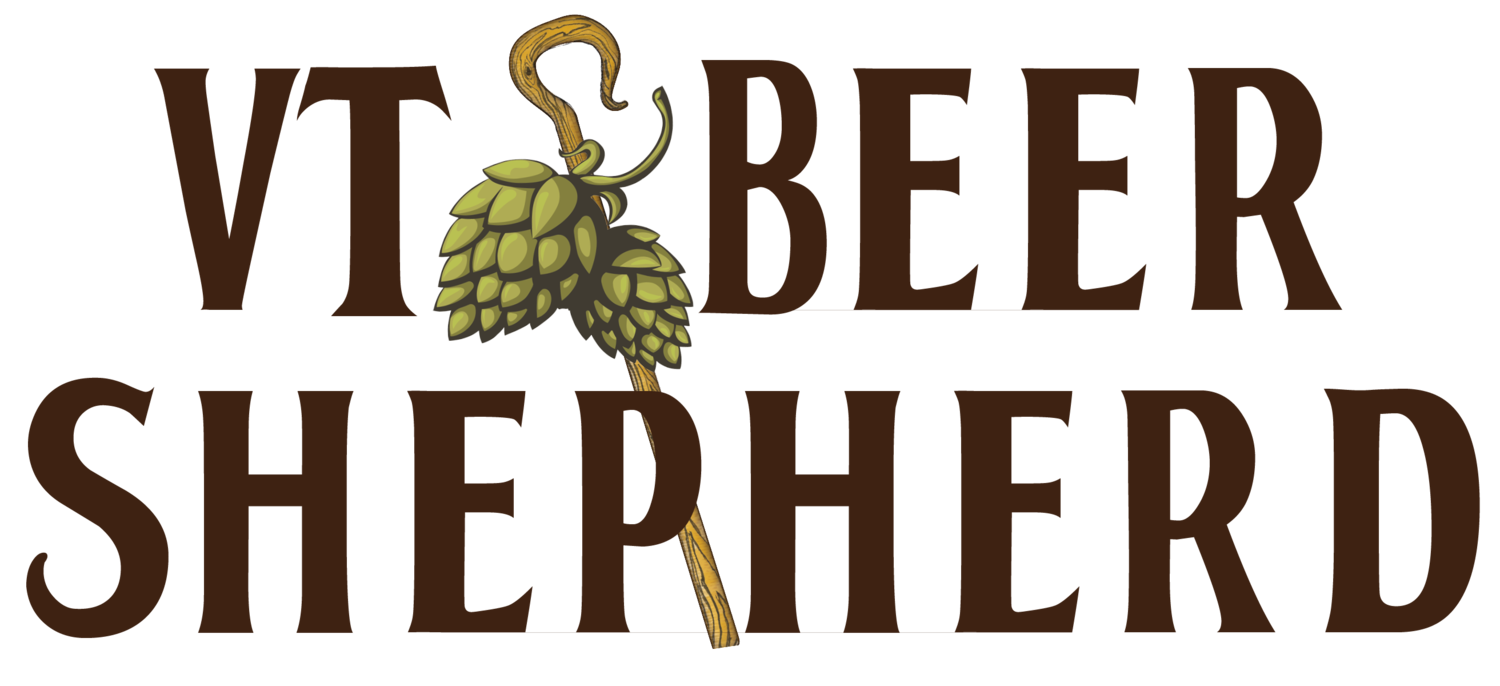It’s Festbier Season!
The end of August brings many wonderful things to Vermont. The weather starts to cool, the leaves begin to turn and, most exciting for us, it means that Festbier season is on the way.
Festbier has become one of the most anticipated seasonal offerings in the craft beer industry. The style, which translates to festival beer in German, is pretty elusive and misunderstood as there are actually a few different varieties that can be included in the category. To truly understand the style, we need to travel back to the very early days of brewing before refrigeration existed. Back then, the month of March was typically the end of the brewing season as the weather was still cool enough to not spoil the beer. The resulting beer of that final brew was called Marzën, named after the month of March in German, and was stored in caves over the hot summer months to keep it cool and prevent it from spoiling in the heat. During that storage period the beer developed clean qualities that now distinguishes the style. The Marzën beer was then released in celebration of the fall harvest and acted as the kickoff of the next winter brewing season.
The Marzën style is similar to a Munich Dunkel that’s commonly darker in color with a malty flavor that features hints of toasted bread and biscuits. It has a big mouthfeel and a pretty high alcohol content. It’s what was served at the very first Oktoberfest in Munich, Germany, in 1810, which was actually the wedding celebration of Crown Prince Ludwig I and Princess Therese of Saxony-Hildburhausen. The festival was so fun they turned it into an annual affair that continues today.
In the mid 1970’s a new festbier style was introduced at Oktoberfest. After years of enjoying Marzën the festival organizers determined that the darker Marzën style was too big and bold to be served at the famous festival known for large servings in 1L Mass mugs. In its place, they began offering a type of beer called Wiesen. Wiesen is a lager that’s very similar to a Munich Helles as it is light and malty - not at all similar to a Hefeweizen as the name might suggest. This style is much more elusive because, by law, it can only be made in the city of Munich - similar to how champagne can only be made in the Champagne region of France or how a true Kölsch can only come from Cologne, Germany. However, we do see many Wiesen, Marzën and Kölsch-inspired styles here in the States, and we’re certainly not complaining.
Regardless of if you’ve scored a traditional Marzën or a more modern interpretation, there’s plenty to look forward to when Festbier season rolls around. Keep an eye out for our Festbier favorites in coolers near you:
From Winooski, VT: Festbier by Four Quarters Brewing, a 6.5% ABV Marzën-style Lager.
From Littleton, NH: Konstantin by Schilling Beer Co., a 5% ABV Austrian-style Märzen. From the brewer: “Rich on the palate with waves of caramel and bready, toasted cereal notes, this decocted, light-ruby colored lager is primed for early fall festivals.”
From Nuremberg, Germany: Festbier by Tucher, a 5.8% ABV Helles Lager. From the brewer: “...This festbier is brewed as a fuller-bodied helles lager with a slightly louder presence of old world hops instead of a marzen, and is available to festivals year-round!" It features aromas of orange zest, whole grain cereal, and dried basil. Prost!
From Salem, MA: Festbier by Notch Brewing, a 5.8% ABV Bavarian-Style Vollbier. From the brewer: “This is the beer served in the Munich tents during Oktoberfest, and is often referred to as “Wiesen” which is “meadow” in German. It is paler in color and not as cloyingly sweet as the amber Oktoberfests exported to the US.” This brew features flavors of bready malt, spicy hops, and a dry finish. Arriving week of 9/5!
From Munich, Germany - Oktoberfestbier from Hofbräu München, a 6.3% full-bodied, bottom-fermented specialty beer. With its fine hoppy aroma, it’s perfect alongside a classic Oktoberfest roasted chicken. Arriving week of 9/5!


